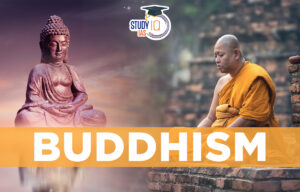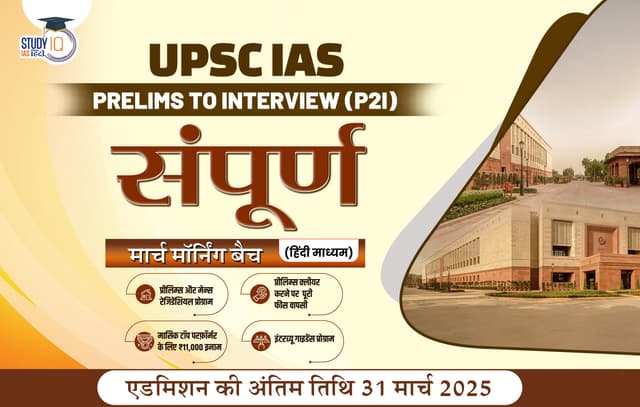Table of Contents
Takhts in Sikhism
Takhte is a Persian word that means the imperial throne. Takhts are known to issue Hukamnamas occasionally over any community matters, Consequently, any order concerning the entire community is issued only from Akal Takht. The first hukamnama was issued by Guru Hargobind from Akal Takht. Also, it is from Akal Takht that Sikhs found to be violating the Sikh code of conduct are awarded religious punishment (declared Tankhaiya).
Presently, Sikhs recognize five places as takhts, which are mentioned below.
Akal Takht Sahib (Amritsar)
Akal Takht (Throne of the Timeless One) is the oldest of the takhts and considered supreme among the five. It was set up in 1606 by Guru Hargobind. The Akal Takht, a raised platform, is built in front of the Harmandir Sahib. It is seen as the first marker of Sikh nationalism. It is a five-story building today with the Guru Granth Sahib kept in the first story.
Takht Sri Keshgarh Sahib (Anandpur Sahib)
It is the principal shrine in Anandpur Sahib. This is the historic site where, on the day of Baisakhi in 1699, Guru Gobind Singh initiated his followers into the order of the Khalsa (Sikh nation).
Takht Sri Damdama Sahib (Talwandi Sabo)
Takht Sri Damdama Sahib, the fifth Takht to be constructed, is situated in the village of Talwandi Sabo near Bathinda Punjab. It was developed as a center of Sikh learning by Guru Gobind Singh. The Guru rested here after the battle at Muktsar.
Takht Shri Patna Sahib (Patna, Bihar)
Takht Shri Patna Sahib, popularly known as Patna Sahib Gurudwara is one of the holiest pilgrimages for the Sikh community. It was built by Maharaja Ranjit Singh. It is located on the banks of the holy river Ganga. It was built to commemorate Guru Gobind Singh Ji.
Takht Sri Hazur Sahib (Nanded, Maharashtra)
Takht Sri Hazur Sahib is situated on the banks of Godavari River in Maharashtra. The Guru held his court and congregation at this place. It is the site of his tent where he was convalescing after he was attacked by assassins and attained salvation.
Major Sect and Orders in Sikhism
Udasis
The Udasi (literally ‘detached ones’) sect was started by Baba Sri Chand (elder son of Gure Nanak). He was later followed by Baba Gurditta, son of Guru Hargobind Ji. The authoritative text of the Udasi movement is the Matra (Discipline), a hymn of 78 verses attributed to Srichand. The Matra emphasizes the need for spiritual elevation, to be attained by living a life of celibacy and detachment from the world. The Udasis wear their hair matted and have the icon of Srichand as the central object of worship in their temples.
At the beginning of the 20th century, however, lines of religious definition became increasingly firm in the Punjab, and the Udasis came to view themselves as an ascetic group within the larger Hindu, and not Sikh, fold. Their largest center is in Haridwar.
They further had many sub-sects, like Char-Dhuniye, Suthra-Shahis, Bhagat-Bhagwane etc.
Nihang
It is a warrior sect of Sikhism, also known as ‘Guru’s favorite army’. The literal meaning of the word ‘Nihang’ in Persian is crocodile and consequently Mughals alluded to them as Nihangs, comparing their ferocity to that of crocodiles. Khalsa Swarupa is the name given to traditional Nihang clothing. They wear dark blue knee-length close-necked shirts, numerous edged iron bracelets round on each of their wrists (Jangi kara), and steel quoits (chakram) tiered in their tall conical blue turbans.
A fully armed Nihang will also carry swords, a katar (dagger) on the left hip, a buffalo-hide buckler (dhal) on his back, and an iron chain.
Nirmalas
A few Sikhs, also known as Nirmaliye, headed to Kashi (Varanasi) to pursue Sanskrit and gain knowledge of Hindu intellectual systems. They have contributed significantly to Sikh literature and theology. These became known as ‘nirmalas’.
Bhai Santokh Singh wrote Gur Partap Suraj Granth, while Giani Gian Singh was the very first to publish ‘Twarikhi-i-Guru-Khalsa’, a complete history from the Sikh Gurus to the present day.
Nanak Panthis
Nanakpanth is a Sikh sect that refers to followers of Guru Nanak’s (1469-1539) teachings, before the creation of Khalsa, locally as Nanakpanth and globally as Sikhism.
Sewapanthis
Bhai Kanhaiya founded the Sewapanthi or Sevapanthi or Adanshahi sect of philanthropists after searching for spiritual guidance among Hindus and Muslims and becoming a Sikh of the Ninth Sikh Guru. Guru Tegh Bahadur directed Khanaiya to go out into the world and serve humanity.
Minas
The Minas were indeed a heterodox sect of Sikhs who followed Prithi Chand (1558-April 1618), Guru Ram Das’s eldest son, after the Guru chose his younger son Guru Arjan to succeed him. However, they were not able to gain credence and their followers are known as ‘mina’ (meaning charlatans).
Ram Raiyas
Ram Raiyas are a Sikh group that follows Baba Ram Rai, Guru Har Rai’s expelled eldest son. He was dispatched as a messenger by his father to the Mughal emperor Aurangzeb in Delhi to explain a Sikh scripture (Asa ki Var) which was considered derogatory to Muslims. He stated that the text had been miscopied and changed “Musalman” to “Beiman,” which satisfied Aurangzeb. Guru Har Rai barred his son from his presence and named his younger son as his successor due to this action. His followers came to be known as Ram Rayias. They don’t wear turbans and instead wear a cap over their heads.
| Punjab PCS Important Links | ||
| Punjab PCS Notification | Punjab PCS Apply Online | Punjab PCS Syllabus |
| PPSC Eligibility Criteria | PPSC PYQ | Punjab PCS Notes |


 Bahmani Kingdom (1347-1527 AD), History,...
Bahmani Kingdom (1347-1527 AD), History,...
 Jallianwala Bagh Massacre, Date, History...
Jallianwala Bagh Massacre, Date, History...
 Buddhism History, Origin, Sect, Councils...
Buddhism History, Origin, Sect, Councils...













